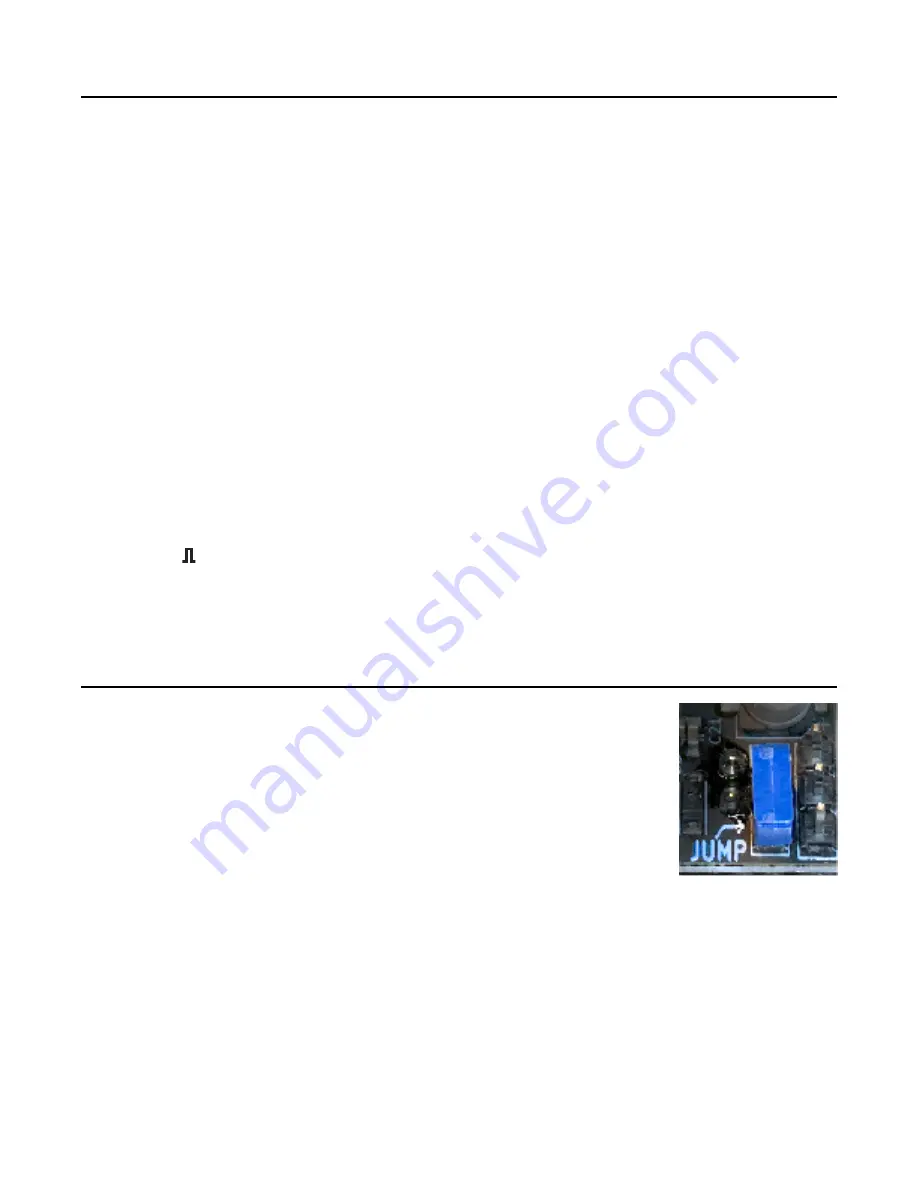
Electrical and Mechanical Specifications
• 6HP Eurorack format module
• 0.98” (25mm) maximum depth
• 10-pin Eurorack power header
• Power consumption (maximums):
• +12V @ 112mA
• -12V @ 12mA
• +5V rail not used
• Audio
OUT
jacks
•
Frequency Response:
•
File:Out = +/-0.1dB max deviation at 20Hz - 20kHz
•
21V peak-to-peak = full scale
•
Up to +20dB digital gain can be applied while playing using Gain knob
• Audio
IN
jacks
•
Signal-to-Noise Ratio (SNR)
•
Measurements taken from recordings made in a typical Eurorack case, powered by a 4ms Row
Power 40 module:
•
-91.7dB @ 16-bit, 44.1kHz
•
-88.9dB @ 24-bit, 96kHz
•
Frequency Response:
•
Out:In = max +/-0.1dB from 20Hz to 15kHz. -0.5dB at 20kHz
•
20V peak-to-peak maximum before clipping
•
Up to +20dB digital gain can be applied while recording or monitoring using
Gain
knob
•
Record
jack
•
Incoming trigger starts/stops recording, or starts/re-starts playback
•
Trigger voltage must be > 1.6V, rising edge is detected
•
microSD card slot accessible from front panel
•
Class 10 card included (16GB)
Jumpers
The PCB has one jumper labeled “JUMP”, which fits on a 2-pin header
located at the bottom right of the PCB.
The jumper must be installed to enable the normalization of the
Left IN
jack to
the
Right IN
jack. If this jumper is missing, patching a signal into the
Left IN
with nothing plugged into the
Right IN
jack will record silence on the right
channel.
The jumper should only be removed if you are connecting the
WAV Recorder
to a 4ms Company Listen module. See the Listen manual for connection
details.
Page of
15
15















